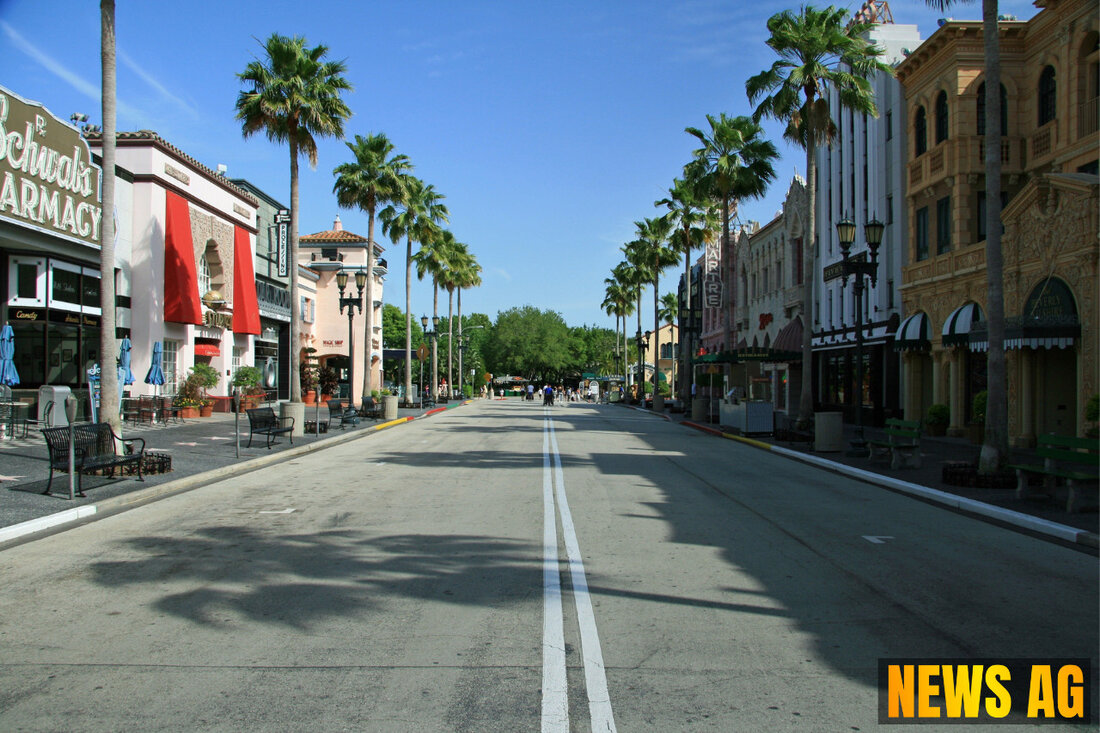Controlled Burns Ignite Ecological Renewal in Pasco County Today!
The Southwest Florida Water Management District is conducting prescribed burns in Pasco County to reduce wildfire risks and enhance ecosystems this summer.

Controlled Burns Ignite Ecological Renewal in Pasco County Today!
In an effort to safeguard both residents and wildlife in Pasco County, the Southwest Florida Water Management District (SWFWMD) has commenced a series of prescribed burns that will continue through September. This initiative aims to reduce wildfire risks, promote ecological diversity, and maintain critical wildlife habitats. According to TampaFP, the burns are meticulously designed to combat overgrown vegetation, which can act as fuel for wildfires, while also mimicking natural fire cycles that are essential for a healthy ecosystem.
The targeted sites for these burns include significant natural reserves. The Starkey Wilderness Preserve is set to see 1,000 acres treated, while Conner Preserve will see 650 acres undergo prescribed fire. Additionally, the Upper Hillsborough Preserve will have 400 acres burned, and Cypress Creek Preserve will see 300 acres affected by this careful management technique. Such operations are not just meant to clear vegetation; they also foster new growth of diverse and native plant species that are vital for the local fauna. During this process, residents might notice some smoke but the district assures that steps will be taken to lessen any adverse effects on surrounding areas.
The Ecological Importance of Prescribed Burns
Prescribed burning plays a pivotal role in land management, as noted by IFAS. Historically, wildfires have shaped natural landscapes, encouraging a cycle of growth and decay that is fundamental to ecological health. With Florida’s weather patterns and geographic features, lightning often ignites natural wildfires, which have led to ecosystems adapting to periodic mild fires. Such habitats, including wetlands and pine flatwoods, depend on these fire cycles.
This practice comes with numerous benefits. Notably, it helps reduce fuel loads, thereby lowering the chances of severe wildfires in the future. It also promotes biodiversity by spurring vegetation growth, crucial for wildlife species like gopher tortoises and Florida black bears. Moreover, fires assist in maintaining soil chemistry and nutrient cycling, enhancing the habitats that wildlife depend on. However, the challenge lies in the risks associated with prescribed fires, which can pose dangers to nearby communities and habitats if not conducted with the utmost care.
A Broader Picture of Wildfire Risk Reduction
Prescribed burning is just one aspect of a broader approach to managing wildfire risks. The Collaborative Wildfire Risk Reduction Program, as highlighted by the U.S. Forest Service, emphasizes the importance of strategic fire management across various states. Funded by the Inflation Reduction Act, this initiative has led to the selection of 21 projects nationwide, focusing on forest restoration and community engagement to mitigate wildfire risks effectively. It highlights the urgent need for collaborative efforts that extend beyond local jurisdictions.
As Pasco County engages in its prescribed burns, it’s clear these initiatives reflect a larger commitment to responsible land management. They also signal a growing acknowledgment of the role fire can play in promoting ecological balance and enhancing public access to these cherished natural spaces. Whether you’re a nature enthusiast or a concerned resident, the revitalization of our ecosystems through these controlled burns brings hope for a safer and healthier environment.
